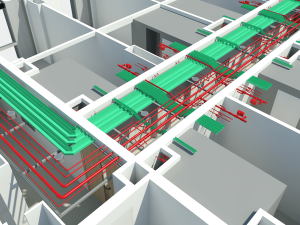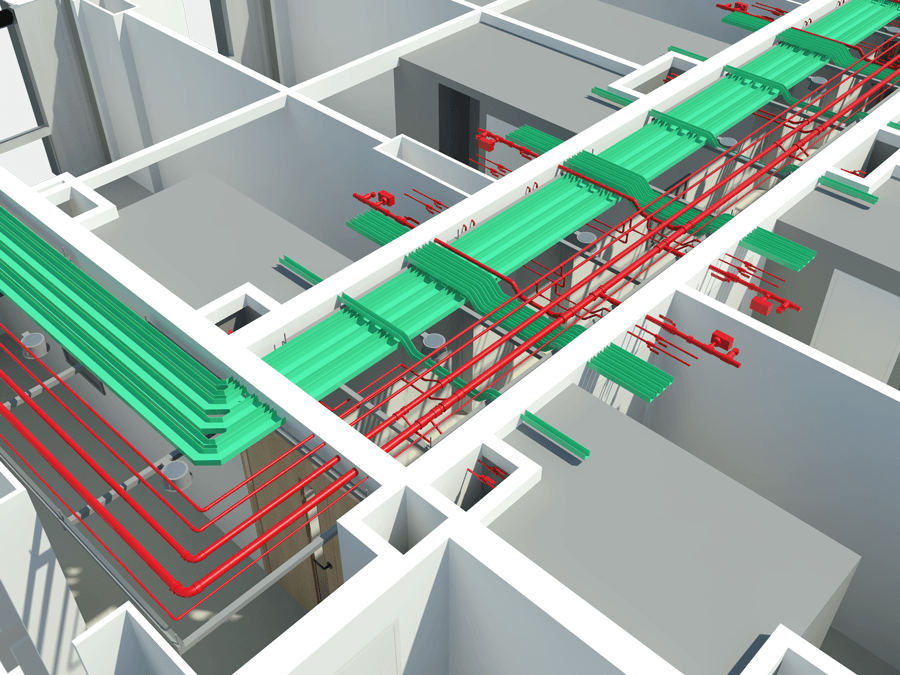The Off-site Prefabrication of Buildings
As a CAD Design Company, our CAD Designers are working more and more on buildings that are pre-fabricated off-site. The offsite manufacture of buildings has developed as a response to many of the issues facing the construction industry today – such as profitability, delays, availability of a skilled workforce and overall contribution to the national economy. Many people believe that pre-fabricated buildings are preferable to more traditional construction methods because of: quality, safety, cost, waste, and timescale. As a CAD company, we also know that pre-fabricated buildings tend to be more accurate as the templates are produced using CAD systems.

This new method of construction actually originated in the aftermath of the two World Wars, where time and cost along with a shortage of skilled labour and building materials, meant that the construction industry had to think outside of the box. This led to the construction of hundreds of prefabricated concrete tower blocks and schools during the 1950s and 1960s which were often poorly designed and very low cost. This poor quality along with several disasters where buildings actually collapsed, led to a decline in the use of prefabricated buildings, for obvious reasons.
However, interest in pre-abrication has risen again as we are facing a shortage of skilled workers in the UK, and so clients, such as BAA, Premier Inn and the Department of Education are considering using it. This has led some of the market leaders in the construction industry, such as Arup, Capita Symonds, and Interserve, to develop new ways of working. In fact, Laing O’Rourke have just invested £100m in a Design for Manufacture and Assembly facility at their Explore Industrial Park.
There are a variety of construction techniques, layouts and sequences used in the precast industry at the moment, including frame and deck construction, crosswall construction, volumetric construction, and hybrid construction. There are various types of connection too, including pinned, rigid and semi-rigid. All of which have different pros and cons, making them more suitable for some buildings than others.
For more information about our CAD Design Company, and how our CAD designers can help you – please call us on 0161 427 0348 or drop us an email to office@thecadroom.com

